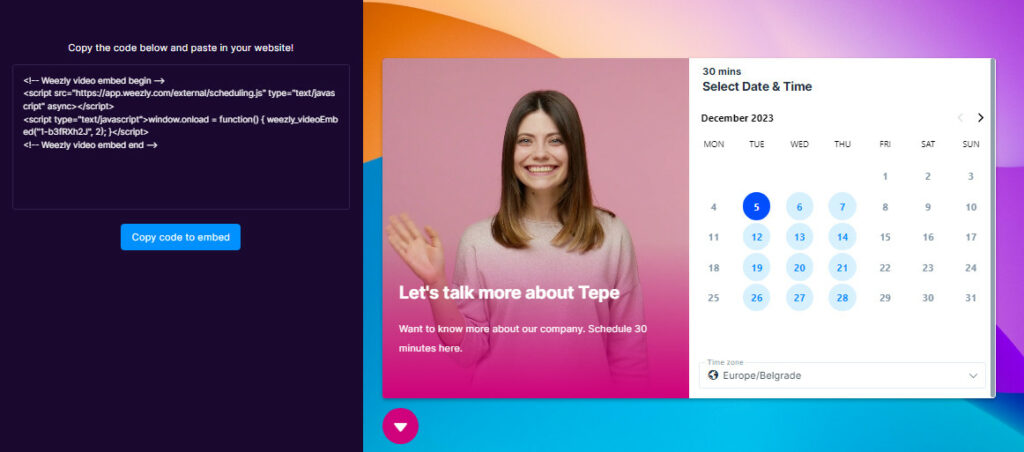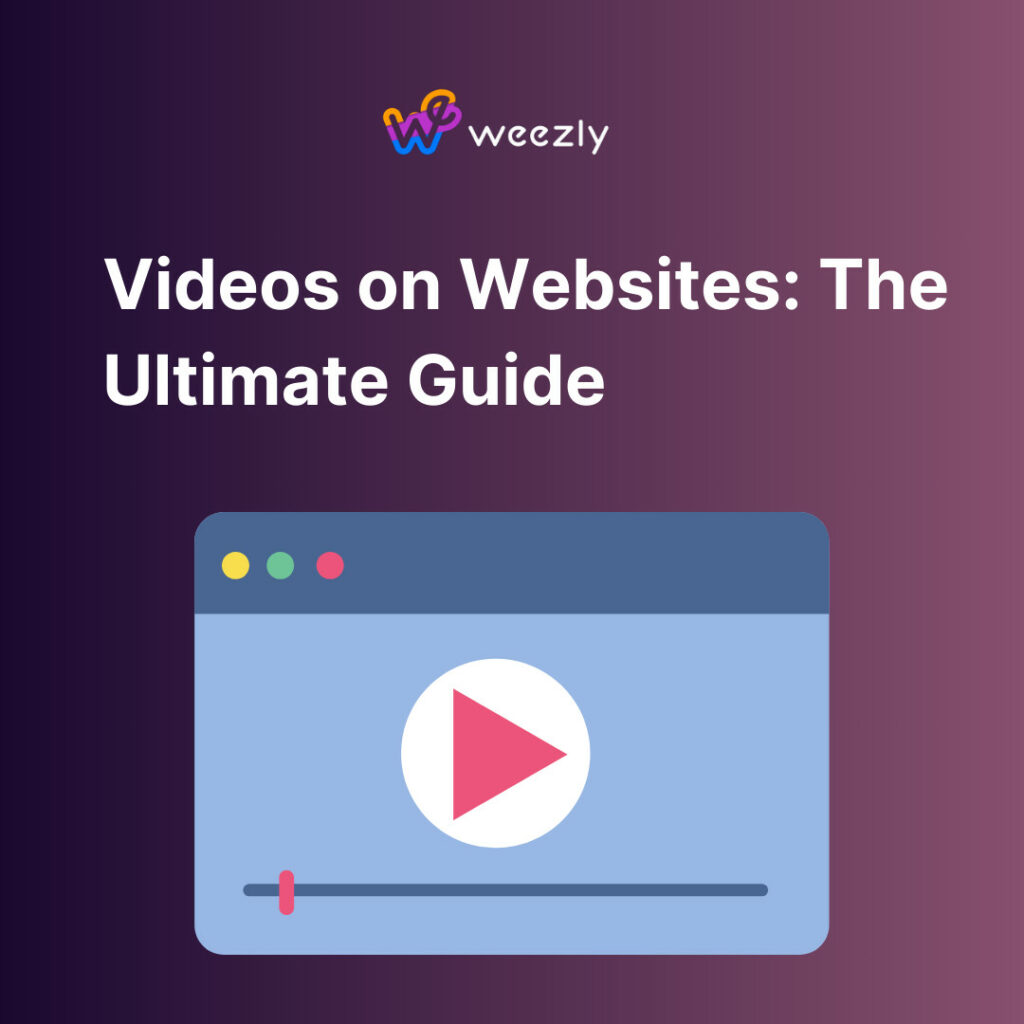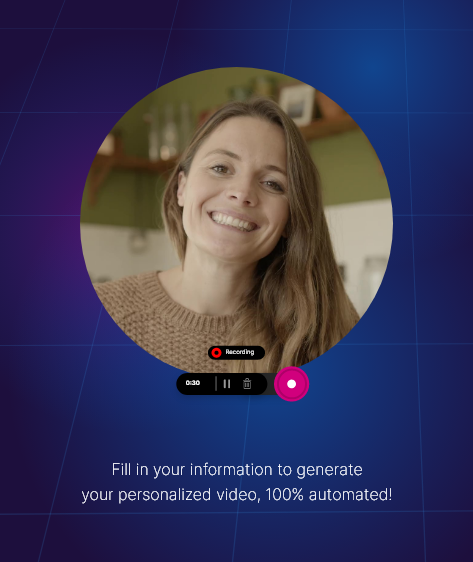In the digital world, engaging content is crucial for grabbing users’ attention. Using videos on websites can be a game changer that boosts traffic while providing numerous benefits to businesses of all sizes. In this article, we will explore why investing in creating and adding video content should be a priority for you.

The Rise of Video Content
A few decades ago, the internet was primarily text and static images. Fast forward to today, and the landscape is vastly different. Video content is no longer an afterthought; it’s a necessity.
- Engagement: According to HubSpot, videos on landing pages can increase conversions by 80%.
- SEO Boost: Websites with video content are 50 times more likely to drive organic search results compared to text-only, states Forrester.
- Retention: A study by Insivia found that viewers retain 95% of a message when they watch it in a video compared to 10% when reading it in text.
Strategically Incorporating Videos on Websites
Knowing that videos are essential is one thing. Implementing videos strategically is another. Here’s a roadmap to get you started:
- Determine Your Objective: Is the video meant to inform, entertain, or sell? Your goal will dictate the content and format of your video.
- Keep it High-Quality: Today’s audiences expect HD or even 4K quality. Ensure your video is crisp, clear, and professional.
- Make It Mobile-Friendly: With a vast majority accessing websites via mobile, ensure your video plays seamlessly across all devices.
Types of Videos You Can Embed
Not all videos serve the same purpose. Depending on your objective, here are the types you can consider:
- Explainers: Short, animated videos that describe a product or service.
- Testimonials: Real feedback from satisfied customers can build trust.
- Tutorials: How-to videos that teach users about a particular topic or product usage.
- Webinars: Long-form content that delves deeper into a subject, often used for B2B marketing.
A new must-try: Video Scheduling

At its core, video scheduling is a feature that allows content creators, marketers, and businesses to set a specific date and time for a video to be published or streamed. Instead of manually uploading or streaming content in real time, videos can be pre-uploaded and set to go live at a predetermined time.
Best Practices for Videos on Websites
To get the most out of your videos, follow these best practices:
- Auto-play or Not: While tempting, auto-playing videos can be intrusive. It’s best to let the user decide.
- Optimized Loading Times: Videos can be heavy. Use compression tools and consider hosting your videos on platforms like Vimeo or YouTube.
- Transcriptions: Make your videos accessible. Transcriptions can also boost SEO.
- Clear Call-to-Action (CTA): Whether it’s to sign up, purchase, or learn more, always direct your viewers to the next step.
Future of Videos on Websites
The role of videos on websites is set to evolve. With advances in technology, we can expect:
- Interactive Videos: More than just viewing, users can interact, choose pathways, and even shop directly.
- Augmented Reality (AR) & Virtual Reality (VR): As AR and VR become mainstream, websites will incorporate immersive video experiences.
- Personalized Content: Videos tailored based on user behavior and preferences.

Conclusion
The impact of videos on websites is undeniable. They enhance user engagement, improve SEO, and offer an effective way to convey messages. As technology continues to advance, it’s crucial for businesses and individuals to stay updated on the latest trends and practices in website video content.
Incorporate videos into your website strategy today and watch your engagement and conversions soar!
Frequently Asked Questions (FAQs): Videos on Websites
1. Why should I incorporate videos into my website?
- Videos on websites enhance user engagement, improve SEO rankings, and offer a more dynamic way to present content. They can significantly increase the conversion rate of visitors to customers or subscribers.
2. What kind of videos are most effective for websites?
- The effectiveness of a video type depends on your objective. Commonly used videos include explainers, testimonials, tutorials, and webinars. Analyze your target audience and determine what content they would find most valuable.
3. Do videos improve SEO rankings?
- Yes, websites with video content are more likely to rank higher in search results. Videos increase the time spent on a site, signaling to search engines that the site contains relevant content.
4. Should I auto-play videos when a user visits my website?
- It’s generally best to avoid auto-playing videos. They can be perceived as intrusive and may slow down page loading times, negatively impacting user experience.
5. How do I ensure my video is mobile-friendly?
- Consider using a responsive video player that adjusts to various screen sizes. Also, test your video on different devices to ensure smooth playback.
6. Are there any SEO benefits to adding transcriptions to my videos?
- Absolutely! Transcriptions make your videos accessible to a broader audience, including those with hearing impairments. They also provide additional text content that can be indexed by search engines, potentially improving your SEO.
7. Which platforms are best for hosting my videos?
- Platforms like YouTube and Vimeo are popular choices due to their reliability and wide reach. However, the best platform also depends on your specific needs and goals.
8. Can I schedule when my video content gets released?
- Yes, video scheduling is becoming a standard feature on many platforms. It allows for a strategic release of content, ensuring maximum engagement.





